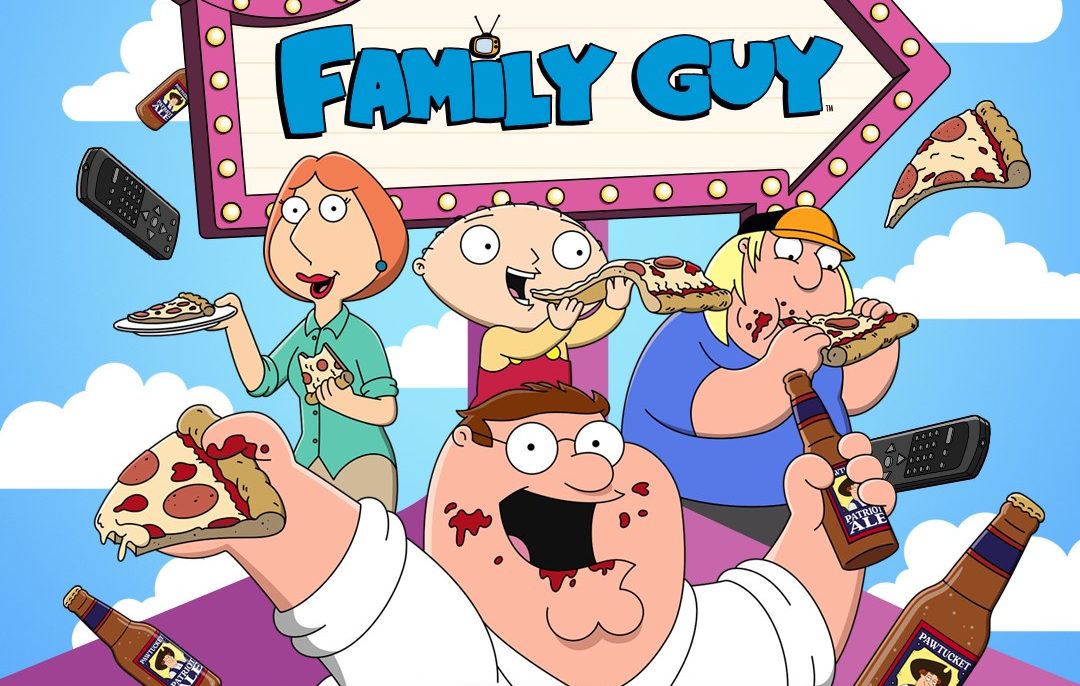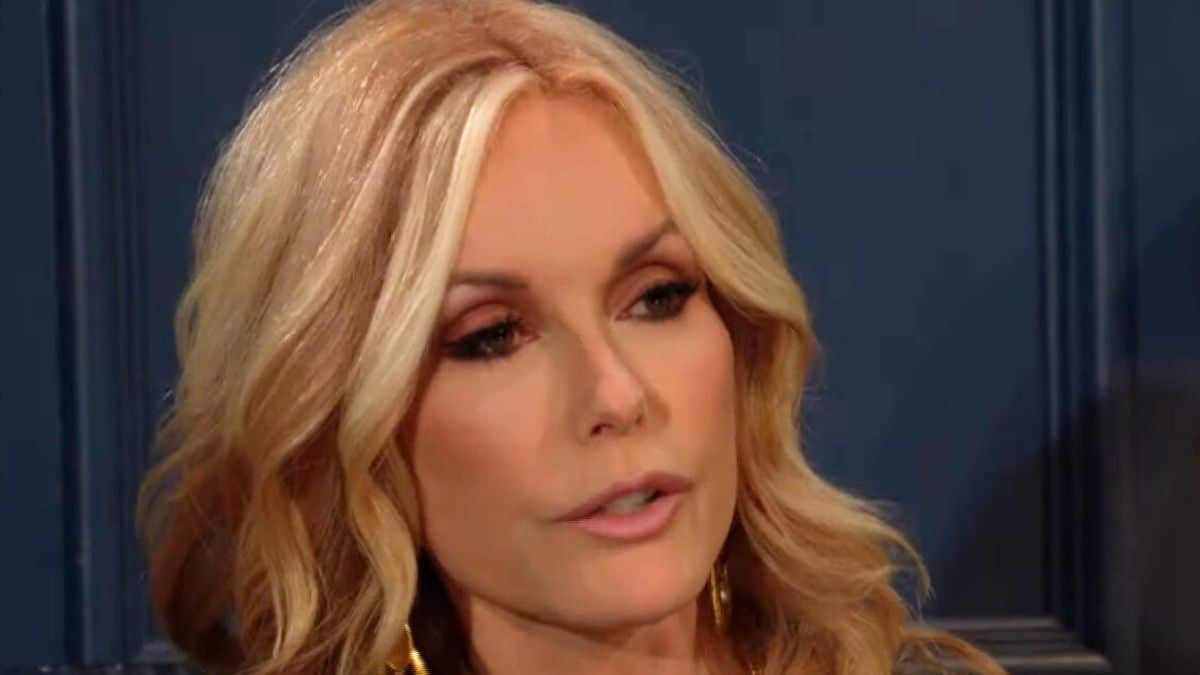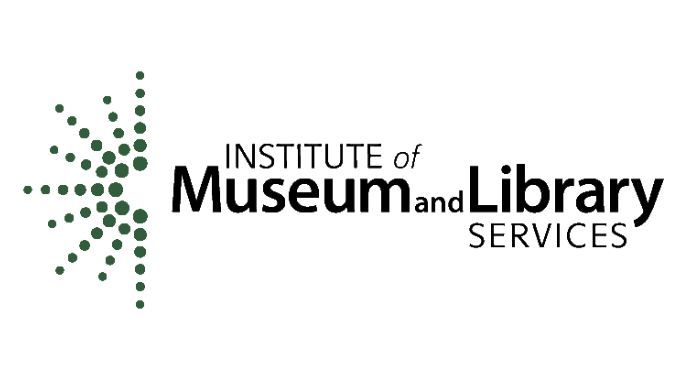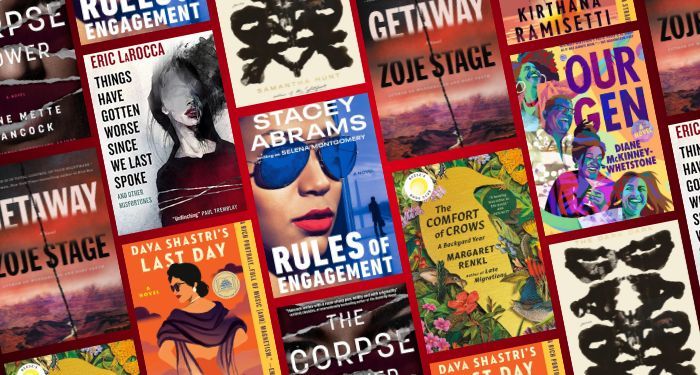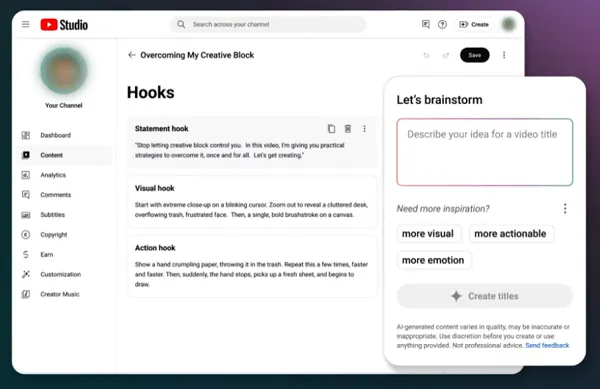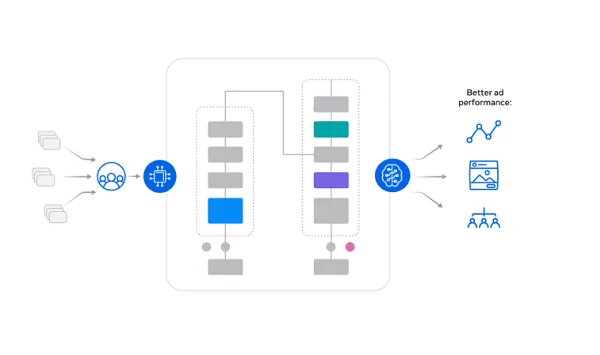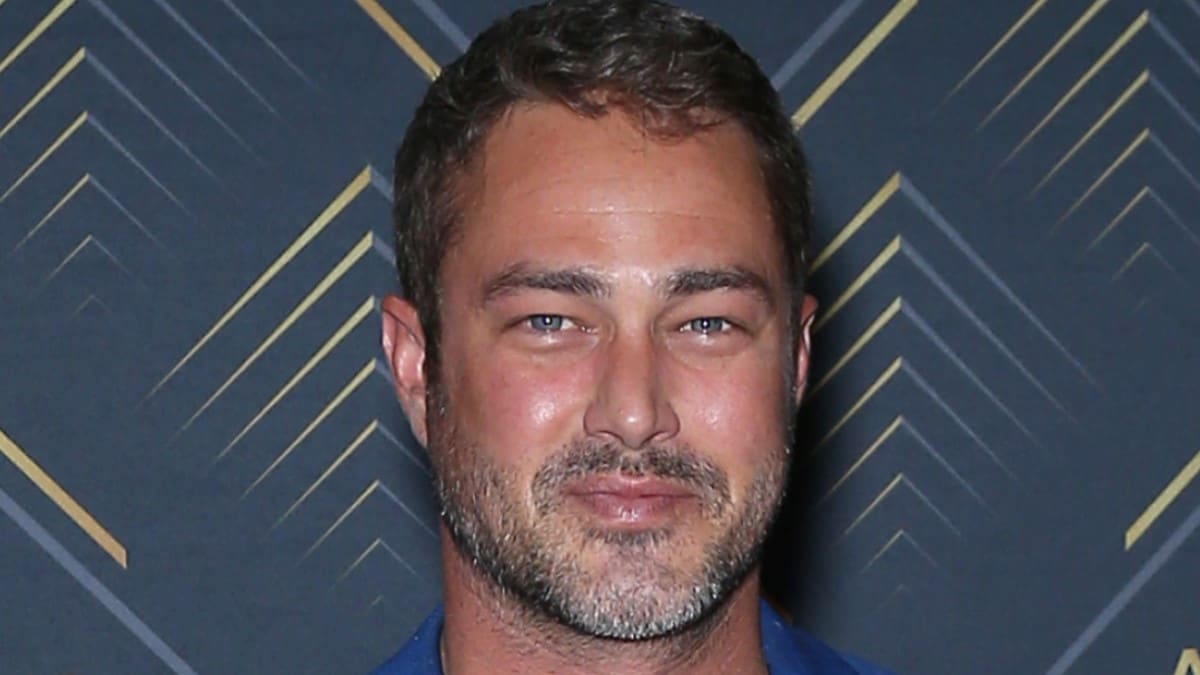What can executives and senior leaders learn from world-class athletes? So many things. Take two-time Olympic champion Michelle Gisin—who overcame an enormous setback to win back-to-back gold medals in alpine skiing. I have worked with Michelle as her performance psychologist since 2015, and developed five critical strategies that help her to achieve excellence in her sport—even in the face of a debilitating illness. It’s well worth looking at her career to understand what she’s been able to do.
Michelle is one of the most decorated Alpine skiers in the world, placing on World Cup podiums in every discipline—Slalom, Giant Slalom, Super G, Downhill and Combined. In an era when competitors tend to specialize, this is a remarkable feat. She was the first Swiss woman to win gold in Alpine Combined in the 2018 Winter Olympics. In the 2022 Winter Olympics she took the bronze in Super-G, then won the Alpine Combined event by more than one second—a significant margin in ski racing. But the path was anything but easy.
Adapting to adversity
Michelle achieved this strong standing by competing in all the races in each discipline, and building up a huge number of great results and ranking points. The physical demands of competing so much, however, were far more intense than those on her competitors specializing in one or two disciplines. A key focus of my work was to help her manage her energy as effectively as possible.
But around July 2021, after struggling with fatigue so severe she had trouble even taking a step on some days, she was diagnosed with mononucleosis. For months she battled it, unable to train normally. As the illness lingered, she wondered if she would fully recover. Eventually, her health improved, but even so, she had to conserve her strength by significantly reducing her training workload. Overall, we calculated that she could only complete approximately 25–30% of the training she had originally planned. There was no way she could take on the sort of tough daily routines that her rivals were able to maintain, and the Olympics were only a few months away.
The shift to mental training
For Michelle to compete, we knew we had to do something radical. We definitely had to think outside the box. The only way we could make up for her reduced energy level was through highly specialized physical training, and by working even more on her mindset.
We substituted much of her original training plan with additional daily mental exercises and meditation. I worked with her on issues such as letting go of her original plans, setting new mini-goals, mental rehearsal of the ski runs, creating positive emotions, and visualizing success. With getting Michelle to the Olympics as our goal, we focused on five core strategies that CEOs can apply to their companies’ growth:
1. Rigorously manage your energy to build up a strong foundation for sustained high performance.
Sustained high performance requires well-developed physical strength, emotional strength and mental toughness; all contribute to higher and more consistent energy levels. This applies to leaders as well—especially CEOs. If you make it a priority to get and stay fit, motivated and confident, you’ll stay inspired and be a source of inspiration for others.
• Pro tip: So many CEOs in particular tend to focus on the requirements of their role and manage their responsibilities as if that’s apart from the requirements of sustaining their own energy level. But it takes tremendous energy to consistently achieve high performance. If you also tend to jump into the fray on every battle, consider which ones you could let go of to converse your energy for the ones that truly matter for success.
2. Think through a robust strategy that will lead to success. In Michelle’s case, we needed an approach that would be effective irrespective of less-than-ideal conditions, which is why focusing on the mental aspect was so important. It was a way to keep moving forward and not get stuck.
• Pro tip: For leaders, a well-considered robust strategy will acknowledge realities as you keep your goals front and center, enabling tangible, positive outcomes. Thinking that strategy through may mean testing it out and modeling into the future. Make sure the strategy can withstand adverse conditions and still succeed.
3. Work on creating a winning mindset. Michelle had a champion’s natural will to win. And she was used to training hard—and that hard training fed her mindset. Now she had to tap into the same mindset even when she could only accomplish 30 percent of her usual training regimen. She needed to build a winning mindset that wasn’t vulnerable to that change
Pro tip: For CEOs in a competitive environment, it is crucial that you constantly nurture your desire to win and make an impact. Use the necessary mental and emotional skills to stay focused on what really matters for success—and keep your mind in a productive space.
4. Be ready to adapt to changes and setbacks.
Michelle had to let go of plans that would no longer work—and do it quickly so she didn’t lose any more time. Facing the need to accomplish a lot in a short amount of time, she adapted fast.
Pro tip: For a CEO, it’s critical to constantly monitor the environment and be able to adapt to its changes. Instead of viewing setbacks as negatives, view them—even with gratitude—as opportunities to learn from. You need to be honest with yourself and with others, and don’t let your ego dominate. Champions in every realm are masters of discarding plans that don’t work and approaches that don’t apply—and moving on.
5. Visualize success.
Michelle knew what success looked like and visualized it over and over again. She was acing her ski runs, then she was on the podium with a gold medal hanging from her neck. She put herself mentally and emotionally in the place she wanted to be.
Pro top: For CEOs, create the success you’re after in your mind. Picture yourself being there. Picture the sense of accomplishment and that feeling of success. When you can carry that vision of success with you, you transmit a sense of unshakeable confidence that inspires others. That confidence makes all the difference for yourself and your organization.
Crossing the finish line
Despite all the disadvantages Michelle dealt with, we leaned on these strategies to put her in the right place to defend her Olympic title in Beijing. And she did it! Imagine the joy we all felt when Michelle once again crossed the finish line as the defending Olympic champion.
After the Olympics, Michelle didn’t stop. She continued to perform like a true athlete in World Cup races and ended the season ranked number five in the world. One remarkable victory led to so many more great results.
Michelle’s extraordinary story contains so many lessons outside of sports performance, particularly for leaders and executives in today’s ever-changing business environment. It is more important than ever to learn to manage your nervous system, to build the skills of a healthy, winning mindset—and create the foundation for overcoming all the obstacles thrown in your path.
Managing and conserving energy is a universal challenge. But without a clear game plan, it will be hard to hit your goals. We’ve all seen leaders and decision-makers who got trapped in dysfunctional notions and beliefs, unable to shed them despite their not working. You need to be able to see success to aim for it. So what does that look like for you?
Everyone will face setbacks. What separated Michelle from the pack, and can separate you, is how you deal with them. Achieving sustained high performance means dealing with any conditions—and being able to keep going for gold. Prepare like a champion, adapt like a champion, perform like a champion.






















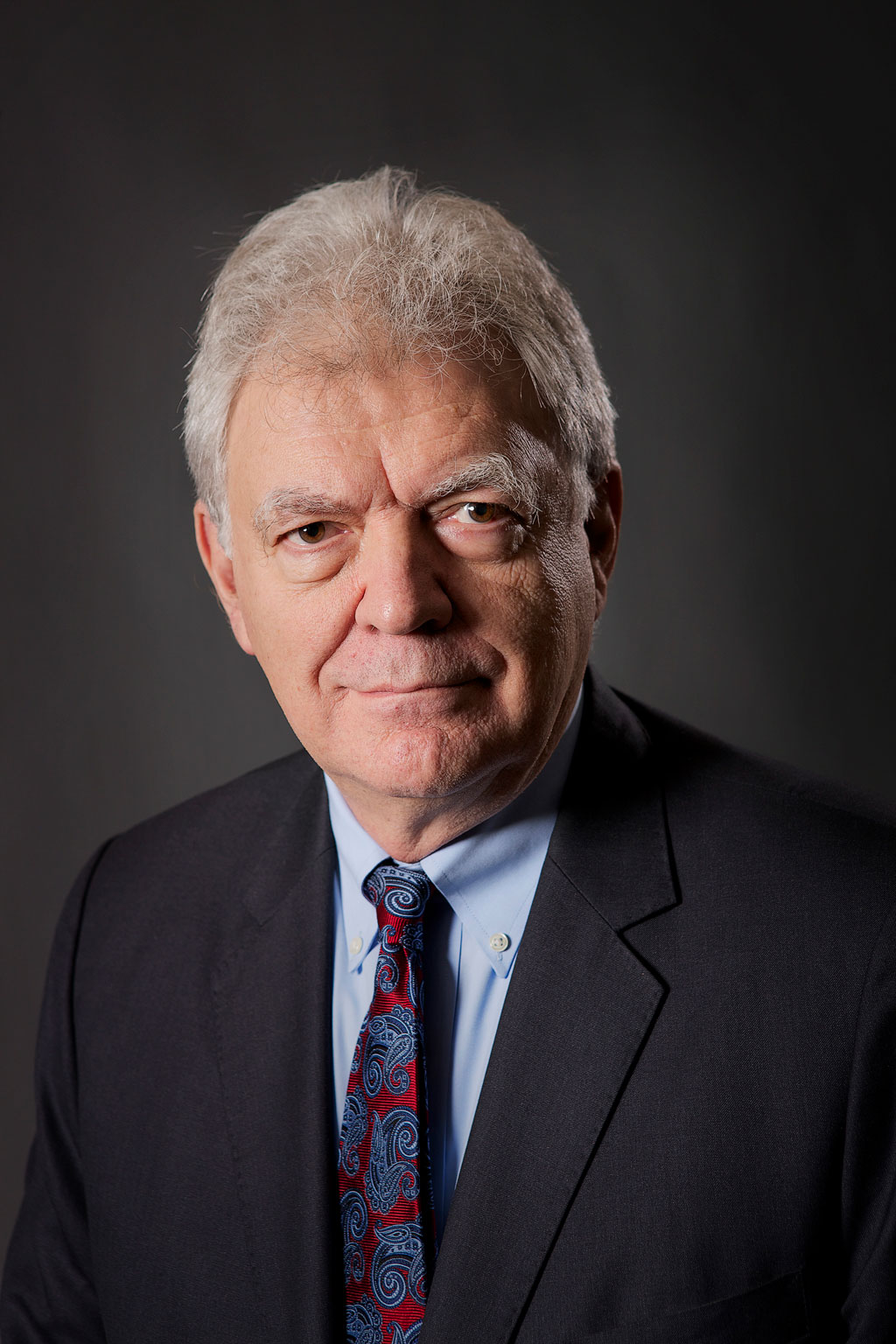


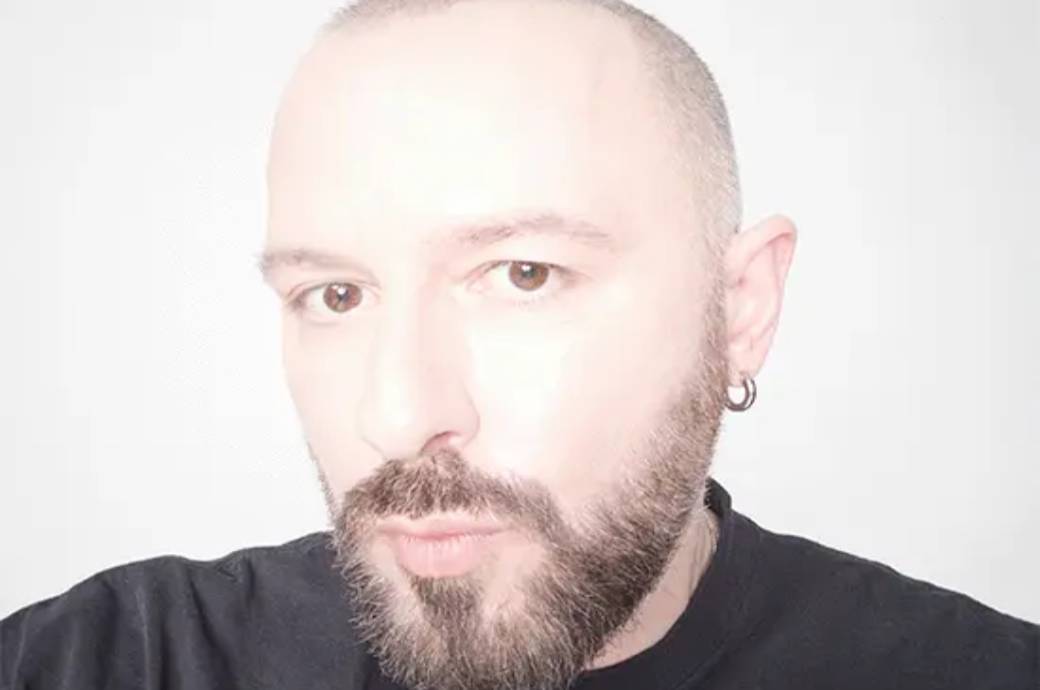











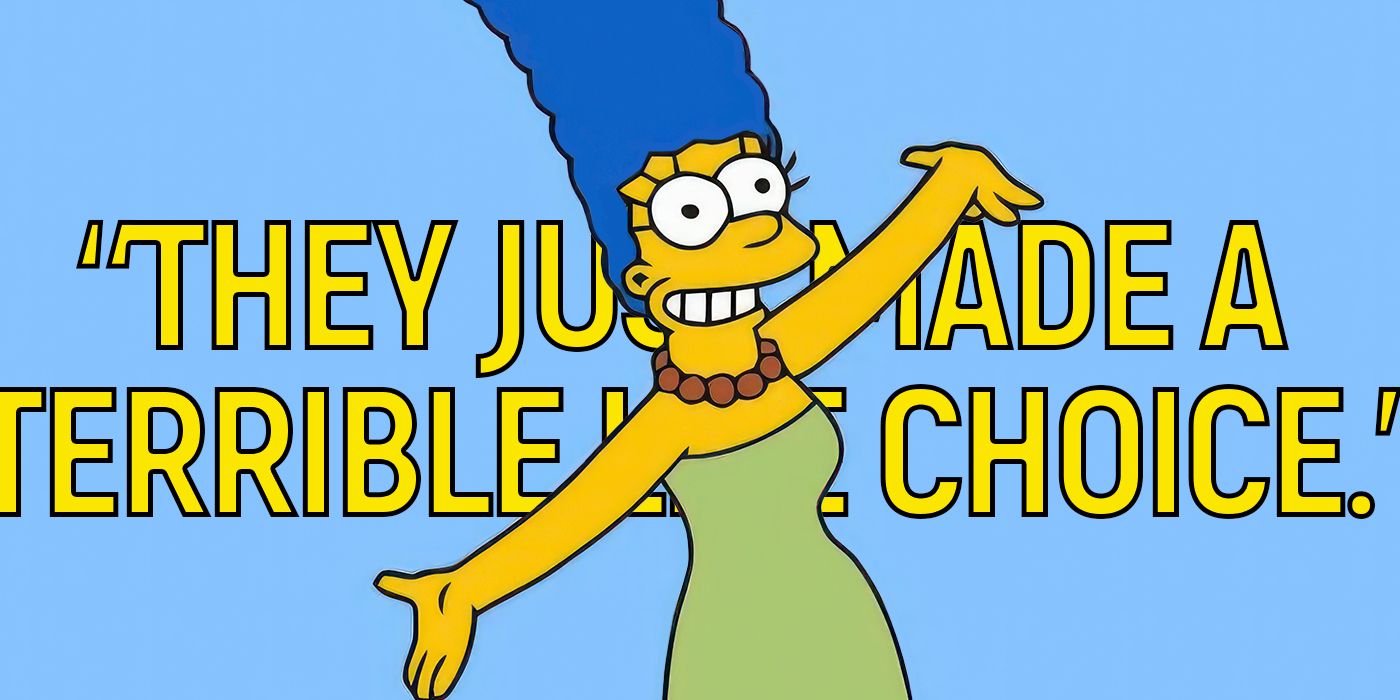


![Spider-Man Is Back in Black With the Green Goblin in New Funko Pop! Figures [Exclusive] Spider-Man Is Back in Black With the Green Goblin in New Funko Pop! Figures [Exclusive]](https://static1.colliderimages.com/wordpress/wp-content/uploads/2025/03/spider-man-the-animated-series-green-goblin.jpg)






